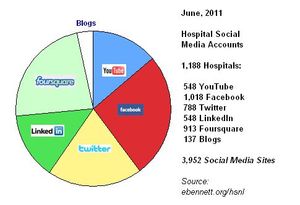In 2007, two economists were interested in how much an R01 grant from the NIH influences subsequent publication. Presumably, researchers who receive funding would generate more data and produce more academic papers. Quantifying the impact of government funds provides an important argument for continued public investment in science.
The authors analyzed all applications for R01 support (both successful and unsuccessful) between 1980 and 2000. The sample included over 18,000 individual researchers. Surprisingly, the data showed that scientists who received NIH grants produced one additional paper over the subsequent five years compared to those who did not receive the grant. Nor do the citation rates of grantees differ significantly from their unfunded counterparts.
The findings do not necessarily devalue the importance of NIH-funded research. Biomedical benefits go beyond the publishing of papers. The authors hypothesize that researchers who fail to receive NIH funds usually locate other sources of support or shift their area of interest to a more fundable topic. Resilience is key.
